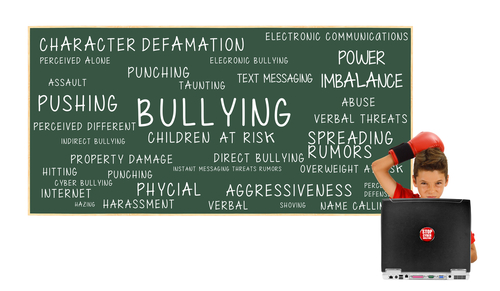Understanding aggression in the classroom can be a real challenge. Have you ever found yourself face-to-face with an angry student, unsure of how to defuse the situation? It’s a tough spot to be in, but it’s crucial that we address aggression head-on. Why? Because the impact of aggressive behaviour on student learning is significant. When one student displays aggression or launches a personal attack, it disrupts not only their own education but also that of their peers.
So, how can we effectively work with students who display aggression? The key lies in understanding and managing their anger. By using specific strategies tailored to each individual, we can help them navigate their emotions and develop healthier ways to express themselves. From de-escalation techniques to open conversations about anger, there are various approaches that prove successful.
Understanding Aggression in the Classroom compared to assertiveness
In a regular classroom setting, conflicts are bound to arise. However, it is crucial for teaching staff to distinguish between assertive behaviour and aggression among students. While assertiveness involves expressing one’s needs or opinions in a respectful manner, aggression manifests as verbal or physical actions intended to harm others.
It is important to recognise that it can stem from various causes and triggers. Understanding these underlying factors can help teachers effectively manage such situations and create a safe learning environment for all students.
Common causes and triggers of aggressive behaviour
Aggression in the classroom can be triggered by numerous factors. One common cause is frustration arising from academic challenges or difficulty understanding certain concepts. Students who feel overwhelmed may resort to aggressive behaviour as a means of coping with their struggles.
Moreover, personal issues such as family problems, bullying experiences, or emotional distress can significantly contribute to student aggression. It is essential for teachers to be aware of these potential triggers so that they can address them proactively.
Recognising the signs of escalating aggression
To effectively handle aggressive situations in the classroom, teachers must be able to identify the warning signs of escalating aggression. These signs may include increased agitation, raised voices, clenched fists, pacing back and forth, or even threats of violence.
By being attentive and observant, teachers can intervene early on before a situation escalates into a full-blown crisis. Implementing strategies such as de-escalation techniques or providing alternative outlets for expression can help diffuse tension and prevent further conflict.
Understanding the difference between assertiveness and aggression allows teachers to respond appropriately when faced with challenging behaviours in the classroom. By addressing the root causes of student aggression and recognising early warning signs of escalation, teachers can create an environment that promotes peaceful resolution rather than fostering fights or disruptions.
In this context, implementing conflict resolution techniques within schools equips students with essential skills to manage conflicts in a constructive manner. The techniques involve empathy, active listening, and problem-solving skills.
Furthermore, fostering open communication channels between teachers, students, and parents can also contribute to reducing aggression in the classroom. By creating a supportive network, teachers can address concerns promptly and provide necessary interventions to prevent future aggressive incidents.
Look out for part 2 titled managing aggression in the classroom where we will take a closer look at conflict resolution techniques.



